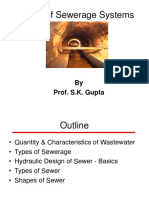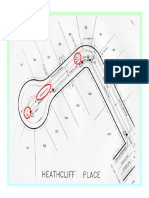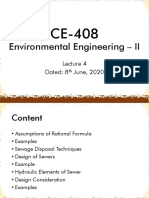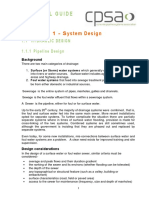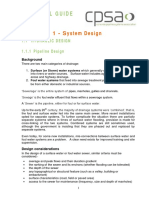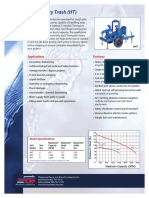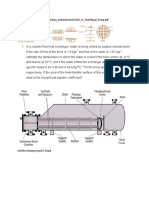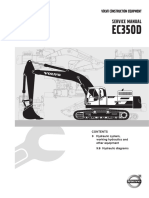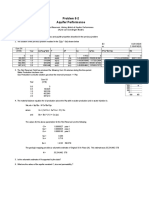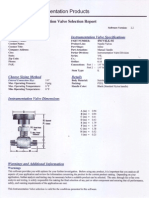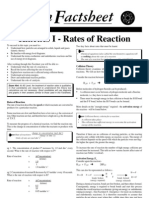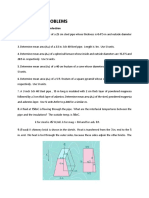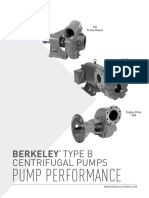0% found this document useful (0 votes)
30 views23 pagesLecture 3
The document outlines the design criteria for a wastewater collection system, emphasizing the estimation of design flow based on various factors including average daily water consumption and infiltration rates. It provides formulas for calculating maximum and minimum wastewater flows, as well as guidelines for pipe sizes, slopes, and manhole construction. Additionally, it discusses the importance of maintaining specific velocities to prevent issues such as solids settling and erosion in the system.
Uploaded by
fnqeirahCopyright
© © All Rights Reserved
We take content rights seriously. If you suspect this is your content, claim it here.
Available Formats
Download as PDF, TXT or read online on Scribd
0% found this document useful (0 votes)
30 views23 pagesLecture 3
The document outlines the design criteria for a wastewater collection system, emphasizing the estimation of design flow based on various factors including average daily water consumption and infiltration rates. It provides formulas for calculating maximum and minimum wastewater flows, as well as guidelines for pipe sizes, slopes, and manhole construction. Additionally, it discusses the importance of maintaining specific velocities to prevent issues such as solids settling and erosion in the system.
Uploaded by
fnqeirahCopyright
© © All Rights Reserved
We take content rights seriously. If you suspect this is your content, claim it here.
Available Formats
Download as PDF, TXT or read online on Scribd
/ 23



